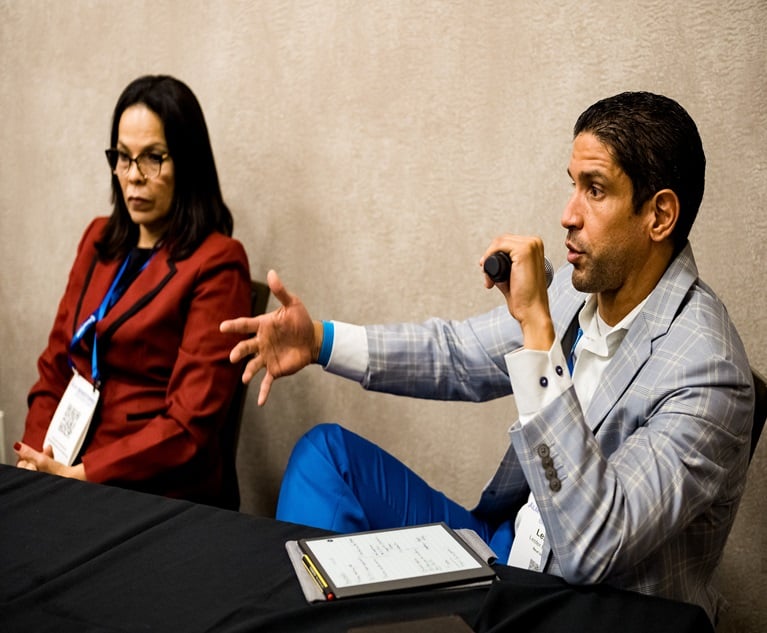Direct mail has been one of my passions since my first job as acopywriter at a direct marketing agency in Washington, D.C. I'malways on the lookout for trends that affect this channel andcreative mailings that grab prospects' attention and demandresponse.
|So, what's new and what's working in direct mail thesedays? Here are seven interesting direct marketing trendsI'm seeing as a marketing consultant who oftenrecommends direct mail in a smart marketing strategy:
|1. Oversizedmailings
When there's a glut of mail, very large pieces commandattention. Despite the significant postage savings from mailingsmaller-size pieces that fit USPS standards for automatedprocessing, I'm seeing many direct marketers mail huge, oversizepostcards and envelopes.
|2. Adding a soft-touch varnish to increase tactileappeal
Another clever way to make your direct mail stand out is toapply a soft-touch varnish coating to the carrier. The soft-touchcoating literally makes the paper feel soft, which makes you wantto touch it.
|Doug Mack of Duke Print & MailSolutions in Cleveland says financial services marketerslike using soft-touch "to create an impression of prestige or ahigh profile status. It's also great for annual reports and manycolleges use soft-touch varnishes for their first-impression piecesor view-books."
|3. Luxury marketers who are doubling down on directmail
Luxury product marketers have never given up on direct mail. Infact, they seem to be boosting their use of this channel, with veryhigh-end mailings that support their brand exclusivity and featurestunning product photography.
|4. Loyalty program support andacceleration
Name any customer loyalty program you belong to and I'll betdirect mail is integral to that marketer's relationship with you.Casinos are extremely savvy at using data from gamblers' activitiesto reward customers and promote future visits. I get at least threetargeted promotional mailings a month from the HorseshoeCasino here in Cleveland as part of my TotalRewards program membership — and I'm not even ahigh roller.
|
(Image: Thinkstock)
|5. Power use of direct mail by selected marketsegments
Nonprofit fundraisers, political marketers and colleges are thedirect mail power users, relying much more heavily on this channelthan other marketers. I see no sign of this letting up, despite theproliferation of social media:
- A Cleveland nonprofit I work with says that direct mailcontinues to be their best fundraising channel.
- Political candidates and causes are already ramping up directmail for fundraising and driving voter preference ahead of nextyear's presidential campaign. I guarantee our mailboxes inOhio and other swing stages will be deluged.
- Colleges are sending nearly every college-bound high school ahuge volume and variety of direct mail. In fact, if you're lookingfor samples of the most creative use of data in personalized directmarketing, check out what college direct marketers are doing.|
For example, the Rochester Institute of Technology sendspostcards to high school juniors, using the most basic data— name and address — to create a clever mailingwith an image of a car heading down the highway passing a sign thatshows the distance from the junior's home to RIT. The car also isadorned with a personalized license plate featuring the junior'sname.
6. The vanishing replyform
Reply cards and printed response forms are going missing frommore and more direct mail packages, especially mailings forhigh-end products. In a previous Smart Marketing Strategypost, I wondered if this would be a trend — and it is.For example, a promotion for Nordstrom's TrunkClub has a web-only response mechanism. Look at the nextfive catalogs you get in the mail and see how few include printedreply forms, which used to be ubiquitous in direct mailcatalogs.
|7. Smallerquantities
Every client we work with that's using direct mail is reducingmail quantities through better targeting, especially ourbusiness-to-business clients. This is good news for our industry;people who consider direct mail "junk" are usually looking at mailthey never should have received in the first place because it's notrelevant to their needs. It's also a smart marketing strategy:Mailing fewer pieces gives you the budget flexibility to increasethe quality of your promotion, which could produce higherresponse.
|To read the original blog post see, 7 Trends to Watch in Direct MailMarketing.
Want to continue reading?
Become a Free PropertyCasualty360 Digital Reader
Your access to unlimited PropertyCasualty360 content isn’t changing.
Once you are an ALM digital member, you’ll receive:
- All PropertyCasualty360.com news coverage, best practices, and in-depth analysis.
- Educational webcasts, resources from industry leaders, and informative newsletters.
- Other award-winning websites including BenefitsPRO.com and ThinkAdvisor.com.
Already have an account? Sign In
© 2024 ALM Global, LLC, All Rights Reserved. Request academic re-use from www.copyright.com. All other uses, submit a request to [email protected]. For more information visit Asset & Logo Licensing.








